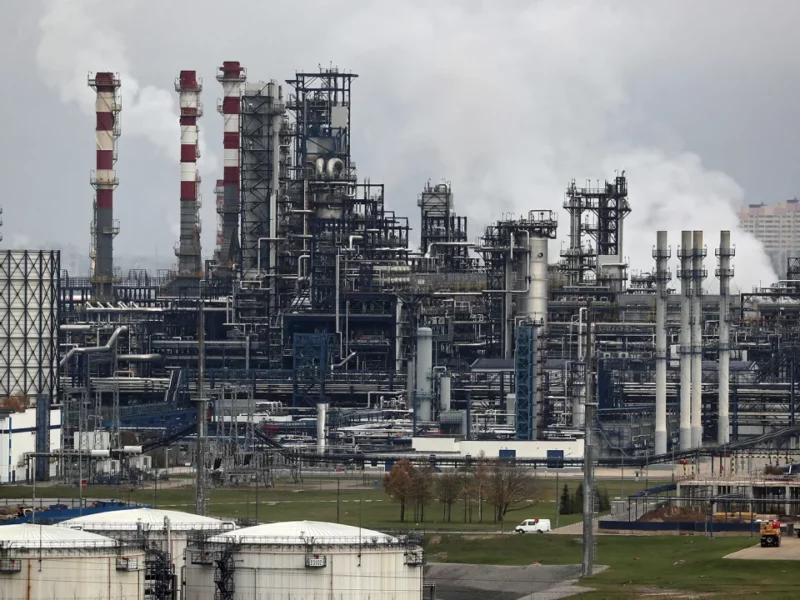Oil prices have surged to their highest levels this year following the announcement from Saudi Arabia and Russia, the world’s largest crude exporters, that they will extend production cuts for at least another three months.
The global benchmark, Brent crude, increased by 1.8% and exceeded $90 per barrel, while the U.S. benchmark, West Texas Intermediate (WTI), saw a similar rise to $87 per barrel.
This decision by Saudi Arabia and Russia reinforces the efforts of the OPEC+ alliance, which includes members of the Organization of the Petroleum Exporting Countries and other producers, to bolster oil prices by implementing deep and prolonged production cuts.
According to an official source from the Saudi Ministry of Energy, Saudi Arabia will continue its production cut of 1 million barrels per day until the end of December. The source noted that this decision would be subject to monthly review, with the possibility of further cuts or production increases.
Saudi Arabia’s production cut, which has been in place since July, represents one of the largest cuts in years and has reduced the kingdom’s daily output to nine million barrels. This cut is in addition to a prior reduction announced by Riyadh in April 2023, which extends until the end of December 2024.
Reviving inflation?
The International Monetary Fund has stated that Saudi Arabia requires Brent crude to be priced at approximately $81 per barrel to maintain a balanced budget. This comes after the kingdom moved from a surplus in 2022, its first in nearly ten years, to a budget deficit this year.
Meanwhile, Russia is taking steps to bolster its revenues in support of its ongoing conflict in Ukraine. Russia’s Deputy Prime Minister, Alexander Novak, announced on Tuesday that the country would reduce its oil exports by 300,000 barrels per day until the end of 2023, extending a previous commitment. Novak stated that this decision aims to maintain stability and balance in the oil markets, as reported by Reuters.
The production cuts implemented by OPEC+, which accounts for 40% of the world’s crude oil production, have played a role in driving oil prices upward in recent months. This upward trend in oil prices could potentially have consequences for inflation and interest rates. Average gas prices in the United States have also risen to $3.81 per gallon, slightly above the levels seen at this time last year.
Stephen Innes, Managing Partner at SPI Asset Management, noted, “The recent upward trajectory in oil prices has laid the groundwork for potentially elevated [consumer price index] figures for August.” He added that these impending increases in oil prices pose a new challenge for central banks as they continue their efforts to bring inflation levels back in line with their desired targets.











